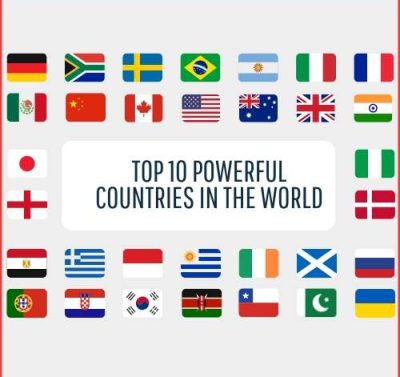On Thursday, Telecom Italia (TIM) unveiled a brand-new microprocessor that it created to enhance cybersecurity in areas including defense systems, cloud computing, and mobile devices.
TIM Chief Executive Pietro Labriola and Italy’s Industry Minister Adolfo Urso were present when the announcement was made in Rome.
According to TIM, the microchip, which offers completely encrypted communications, “represents a new tool for strengthening technological autonomy and sovereignty within the framework of national and European cybersecurity strategies.”
According to the corporation, it also aims to protect vital infrastructure from cyberattacks, including power grids, water networks, dams, and railroad lines.
The secure chip was created solely by Telsy, a division of TIM that offers encrypted communications technology and cybersecurity services to clients including public administration. It was produced using a European supply chain.
Following a wave of ransom demands and cyberattacks in recent years, national governments and legislators in the European Union last month agreed on regulations to safeguard computers, mobile applications, and smart home devices linked to the internet from cyber threats.
The following subsectors make up the telecommunications industry:
Broadband, White Space Spectrum, 5G, MNVOs (mobile virtual network operators), equipment, infrastructure, and telephone service providers.
With almost 1 billion smartphones deployed, India is predicted by GSMA to rank second in the world by 2025. By then, it would have 920 million unique mobile users, 88 million of which will have 5G connections. Additionally, it is projected that between 2023 and 2040, 5G technology will boost the Indian economy by almost $450 billion.
almost the last ten years, almost 500 million new smartphone users have joined India. By 2026, there will be 850 million smartphone users worldwide, or around 55% of the population.
To actualize a new variety of options, business models, and employment potential, the Government of India wants to establish one hundred laboratories in engineering universities for the development of applications employing 5G services under the Union Budget 2023.
By December 2022, the Department of Technology (DoT) hopes to have 30 lakh km of optic fiber deployed, 55% of mobile towers fiberized, average broadband speeds of 25 Mbps, and 100% broadband access in the villages. From 61 million in March 2014 to 816 million in September 2022, there will be a 1238% increase in broadband connections. By December 2024, the Department of Telecom (DoT) plans to have 50 lakh km of optic fiber deployed across India, 70% of towers to be fiberized, and average internet speeds of 50 Mbps.















